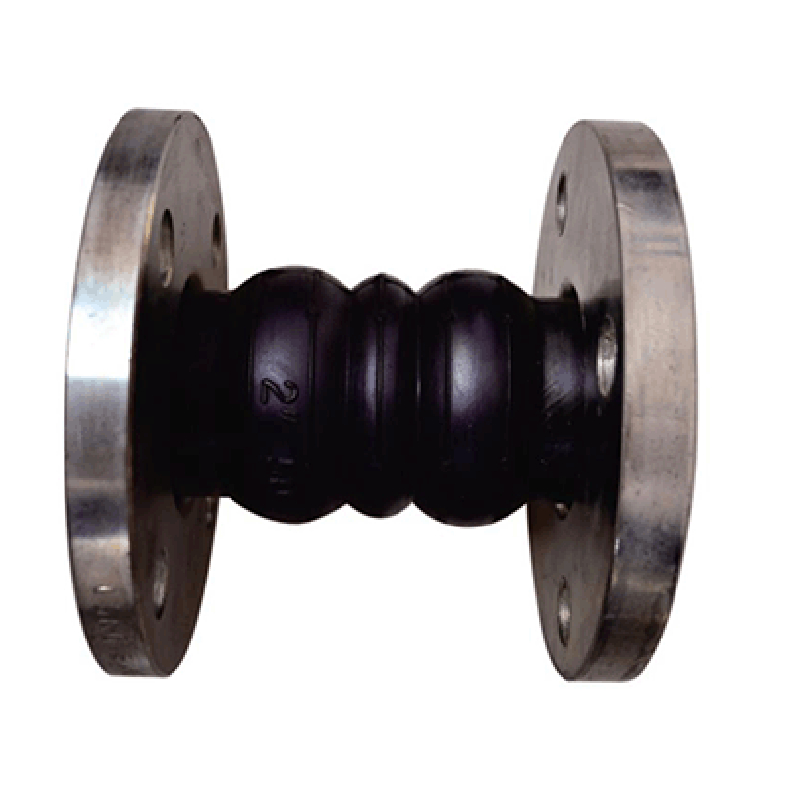دېكابىر . 05, 2024 14:35 Back to list
Ductile Iron Metal Seat Gate Valve for Reliable Flow Control Solutions
Ductile Iron Metal Seat Gate Valves An Overview
Ductile iron metal seat gate valves are essential components in various industrial applications, providing reliable control over fluid flow. These valves are favored for their excellent mechanical properties, durability, and resistance to corrosion, making them suitable for use in harsh environments. This article delves into the characteristics, advantages, applications, and maintenance of ductile iron metal seat gate valves.
Characteristics
Ductile iron, also known as spheroidal graphite iron, boasts superior tensile strength and ductility compared to traditional cast iron. This enhanced material quality enables the production of gate valves that can withstand higher pressures and temperatures, thus extending their service life. The metal seat in these valves is designed to provide a tight seal, further ensuring efficiency and minimizing leakage. The gate valve operates by lifting a rectangular or circular gate out of the path of the fluid, allowing for unobstructed flow when fully open.
Advantages
One of the primary advantages of ductile iron metal seat gate valves is their outstanding strength-to-weight ratio. This feature allows for easier handling and installation, as lighter valves require less effort during transportation and fitting. Additionally, the durability of ductile iron helps to reduce maintenance costs over time, as these valves are less prone to wear and tear compared to valves made from other materials.
Another significant benefit is their resistance to corrosion. Ductile iron valves can be coated with various finishes, enhancing their resistance to environmental factors such as moisture and chemicals. This characteristic is particularly valuable in applications involving aggressive fluids, ensuring the longevity of the valve and reducing downtime for repairs.
Furthermore, ductile iron metal seat gate valves often comply with industry standards, such as those set by the American National Standards Institute (ANSI) and the American Society of Mechanical Engineers (ASME). This compliance assures users of their performance and reliability in critical applications.
ductile iron metal seat gate valve

Applications
Ductile iron metal seat gate valves find utility in a wide array of sectors, including water treatment, oil and gas, chemical processing, and power generation. In municipal water systems, these valves are instrumental in regulating the flow and pressure of drinking water, ensuring a consistent supply to households. In industrial settings, they manage the flow of various liquids and gases, from hydrocarbons in pipelines to steam in power plants.
Moreover, due to their robust construction, these valves are ideal for fire protection systems, where reliability and performance are paramount. Their ability to facilitate quick shut-off is crucial in emergency situations, providing safety and preventing damage.
Maintenance
Although ductile iron metal seat gate valves are designed for durability and ease of use, regular maintenance is essential to ensure optimal performance. Users should periodically inspect the valve for signs of wear, corrosion, or leakage and ensure that the seals are functioning correctly. Lubrication of moving parts is vital to prevent friction and wear, contributing to the longevity of the valve.
It's also important to monitor the operating conditions of the valve. Excessive pressure or temperature can lead to premature failure, so ensuring that the valve operates within its specified limits is crucial. In cases where a valve becomes damaged or does not operate correctly, timely replacement or repair is necessary to maintain system integrity.
Conclusion
Ductile iron metal seat gate valves represent a reliable solution for controlling fluid flow in a multitude of applications. Their strength, corrosion resistance, and durability make them an excellent choice for both industrial and municipal sectors. By understanding their characteristics, advantages, and maintenance needs, users can optimize the performance and lifespan of these essential components, ensuring efficient and safe operation in their respective systems.
Share
-
Reliable Wafer Type Butterfly Valves for Every IndustryNewsJul.25,2025
-
Reliable Flow Control Begins with the Right Ball Check ValveNewsJul.25,2025
-
Precision Flow Control Starts with Quality ValvesNewsJul.25,2025
-
Industrial Flow Control ReliabilityNewsJul.25,2025
-
Engineered for Efficiency Gate Valves That Power Industrial PerformanceNewsJul.25,2025
-
Empowering Infrastructure Through Quality ManufacturingNewsJul.25,2025